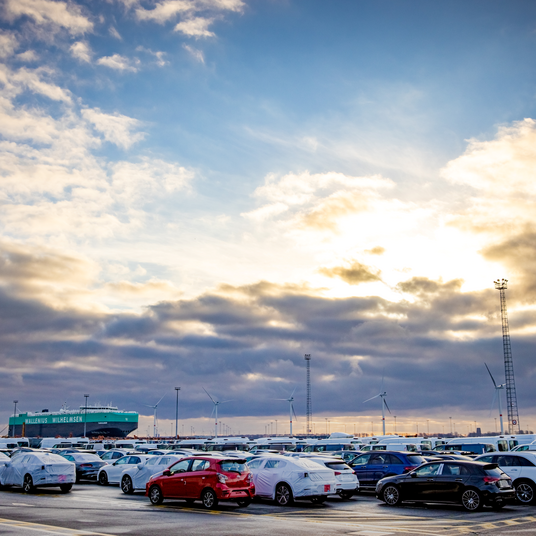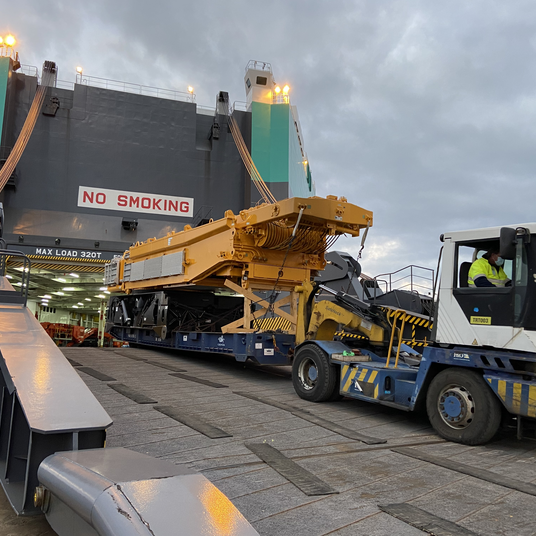Service updates
Stay updated on disruptions and service interruptions with our real-time list below. Here, you will find essential information on delays and any ongoing issues affecting our services. We strive to keep you informed so you can plan accordingly.

Wallenius Wilhelmsen reroutes all Red Sea transits until further notice
With the situation along the coast of Yemen remaining on high alert, there continues to be an increased threat to all vessels transiting the Red Sea.Consequently, we keep rerouting all vessels planned for Red Sea transit via the Cape of Good Hope, until further notice. We have no vessels in or on the way to the area. We anticipate that rerouting vessels around the Cape of Good Hope typically adds an estimated 10–14 days extra sailing time.
Bio-security measures in Australia continue, but cause less delays than last year
Biosecurity remains on the agenda in Australia, as the Department of Agriculture Fisheries and Forestry (DAFF) is constantly evaluating potential risks. Vessels are required full fumigation before the vessel can be cleared to discharge. In addition, there is a chance that cargo may be held in quarantine if it does not meet DAFF's clean cargo requirements. The on-port treatment capacity is improved to allow for a smooth flow of volumes out of the port.
Port delays occur on and off in various regions
Waiting times and delays in ports continue, but at a smaller scale than what we have seen during the previous two years. Customers affected will be notified of significant delays.



